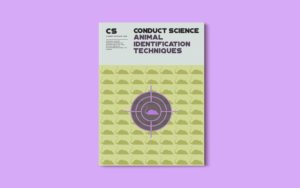
KJELDAHL Method Protocol
Introduction and Principle The Kjeldahl method was developed by a brewer called Johann Kjeldahl in 1883. The protocol is built on the principle that strong

Introduction and Principle The Kjeldahl method was developed by a brewer called Johann Kjeldahl in 1883. The protocol is built on the principle that strong

Introduction: Quantitative Method The estimation of proteins via the quantitative method is one of the basic requirements in biochemistry. Proteins, from various perspectives, are substantially

Introduction and Principle The traditional Laemmli system denaturing conditions are stimulated by the Invitrogen NuPAGE SDS-PAGE gel system which is a revolutionary high-performance polyacrylamide gel

Introduction: Quantitative Method DNA and RNA quantifications are broadly utilized in biological and biomedical research. Over the last ten years, many technologies have been developed

Introduction: Determination of Inorganic Phosphate in Biologic Samples To find out the inorganic phosphate in a protein-containing liquid biological sample an aqueous reagent comprises an

Introduction and Principle Proteins in the mass range 1–100 kDa are commonly separated by Tricine–SDS-PAGE. For the resolution of proteins less than 30 kDa, it

Introduction The Western blot is a biological technique that allows for the specific identification and characterization of proteins. In this technique, the proteins are assorted

Introduction In most types of microscopy, the most complicated and sensitive aspect of the analysis is the preparation of specimens. The visualization of microorganisms using

Introduction Electromyography (EMG) is a specialized diagnostic technique used to study the muscle function by analyzing the electrical signals emanating from the nerves and

Need stains for your experiments? Click here Introduction Safranin is a cationic dye used in histology and cytology to distinguish and identify different tissues and

Scientific investigations, preclinical research, and pharmacological studies use a number of laboratory animals as subjects. Therefore, proper animal identification becomes a necessity. Animal identification techniques
DISCLAIMER: ConductScience and affiliate products are NOT designed for human consumption, testing, or clinical utilization. They are designed for pre-clinical utilization only. Customers purchasing apparatus for the purposes of scientific research or veterinary care affirm adherence to applicable regulatory bodies for the country in which their research or care is conducted.